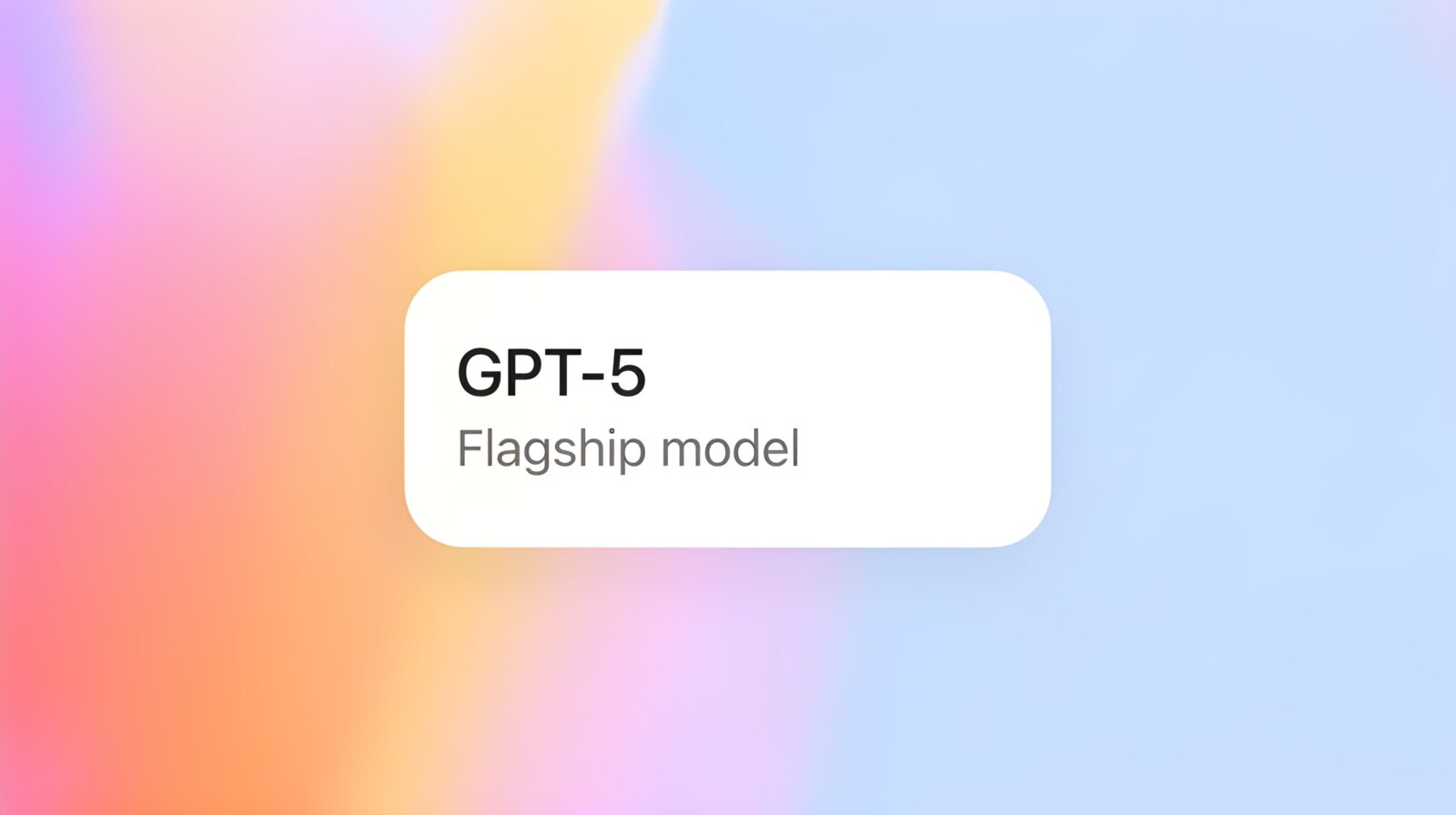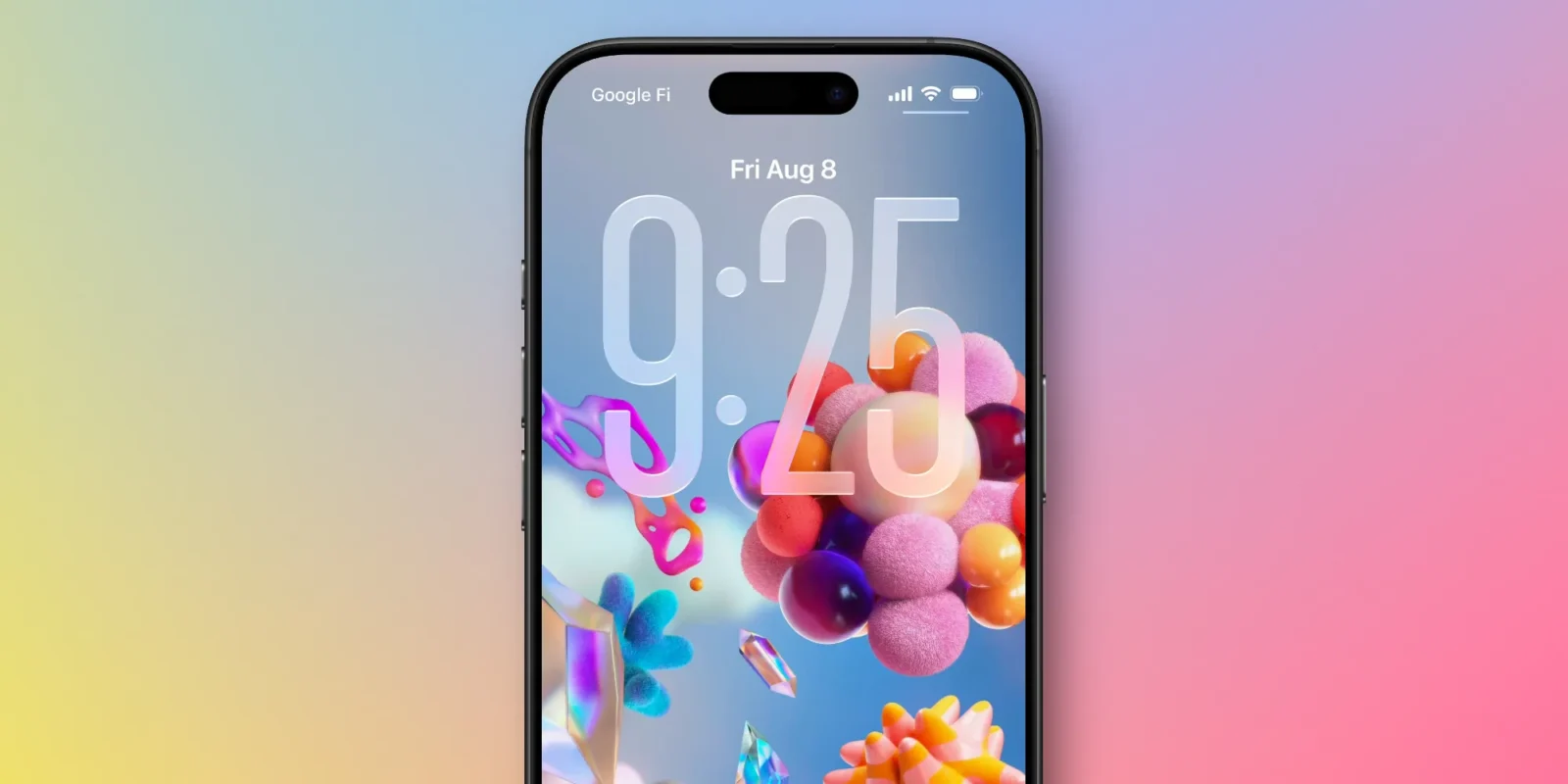Smartphone photography is no longer just about megapixels or lens count. As artificial intelligence becomes increasingly embedded into mobile experiences, camera systems are evolving into responsive, contextual tools that can interpret and react to the world around them. Samsung’s latest advancements in Galaxy devices reflect this shift, treating the camera as a central interface for real-time interaction rather than simply a sensor for static images.
The company is taking a systems-level approach to camera design—emphasizing the synergy between hardware, software, and AI. This integration allows Galaxy devices to move beyond traditional photography into what Samsung describes as multimodal intelligence: understanding not just what users type, but what they see. The result is a smartphone camera that can contextualize visual inputs and initiate actions based on them.
These capabilities are part of a broader trend in mobile computing, where AI evolves from static, text-based assistance into real-world contextual awareness. With Galaxy smartphones, especially in combination with foldable displays, users can expect a more immersive, responsive experience. For instance, identifying landmarks, translating foreign text in real time, or initiating smart tasks based on visual cues are all becoming part of the everyday workflow.
Foldables add an extra layer of functionality to this system. The larger, flexible displays provide the space for more intuitive interactions and real-time feedback, making visual-based tasks like editing, viewing, and interacting with content more dynamic. The expanded screen real estate allows for multitasking capabilities that pair naturally with AI-enhanced photography and video tools.
Samsung also stresses the importance of trust in this transformation. As visual data becomes more central to user interaction, privacy safeguards are being built into each layer of the experience. This includes on-device processing and data isolation that aim to give users confidence that their information is being handled securely.
While the exact features are still evolving, the direction is clear: Samsung is moving its mobile photography platform toward a future where cameras function not just as image capture tools, but as the eyes of an intelligent assistant. As these systems become more integrated into everyday apps and tasks, the smartphone camera may well become the primary bridge between the digital and physical worlds—turning sight into insight.






